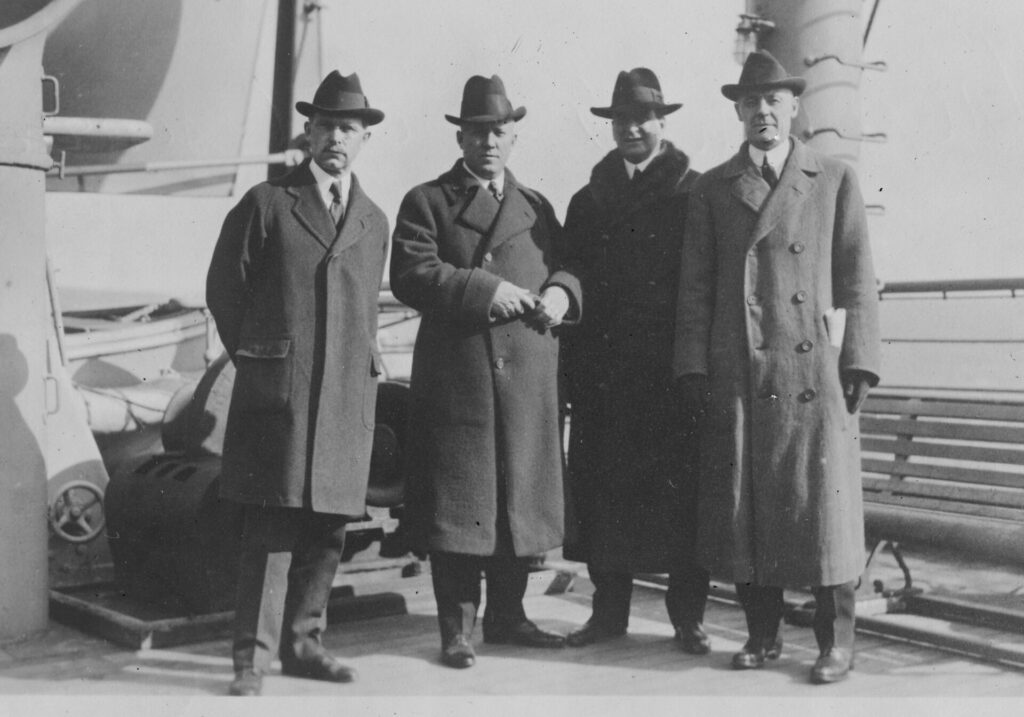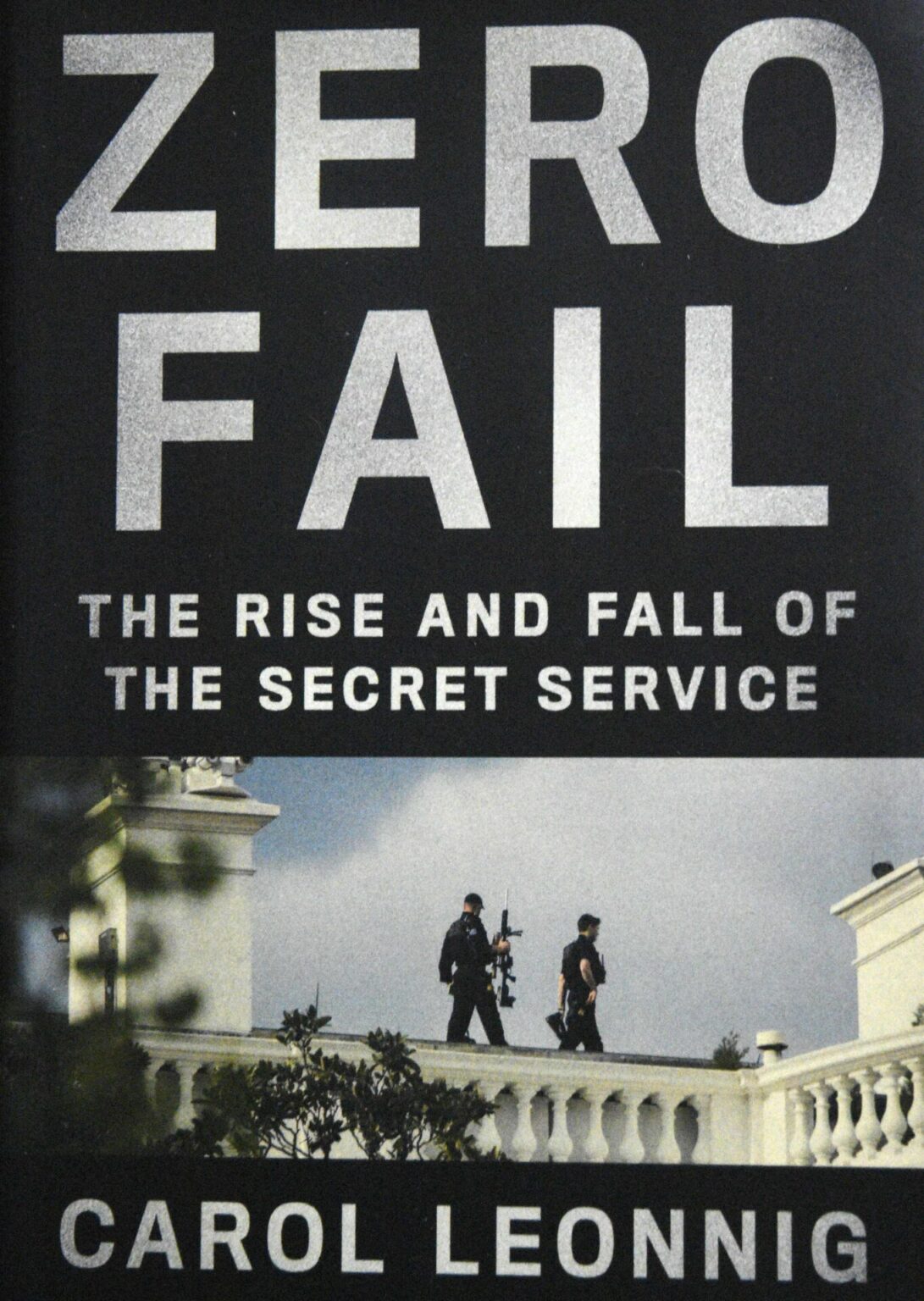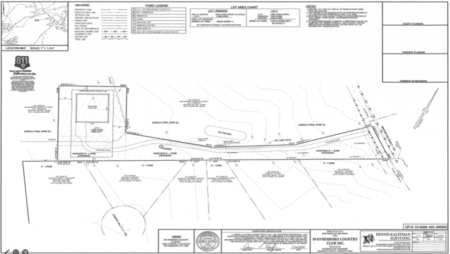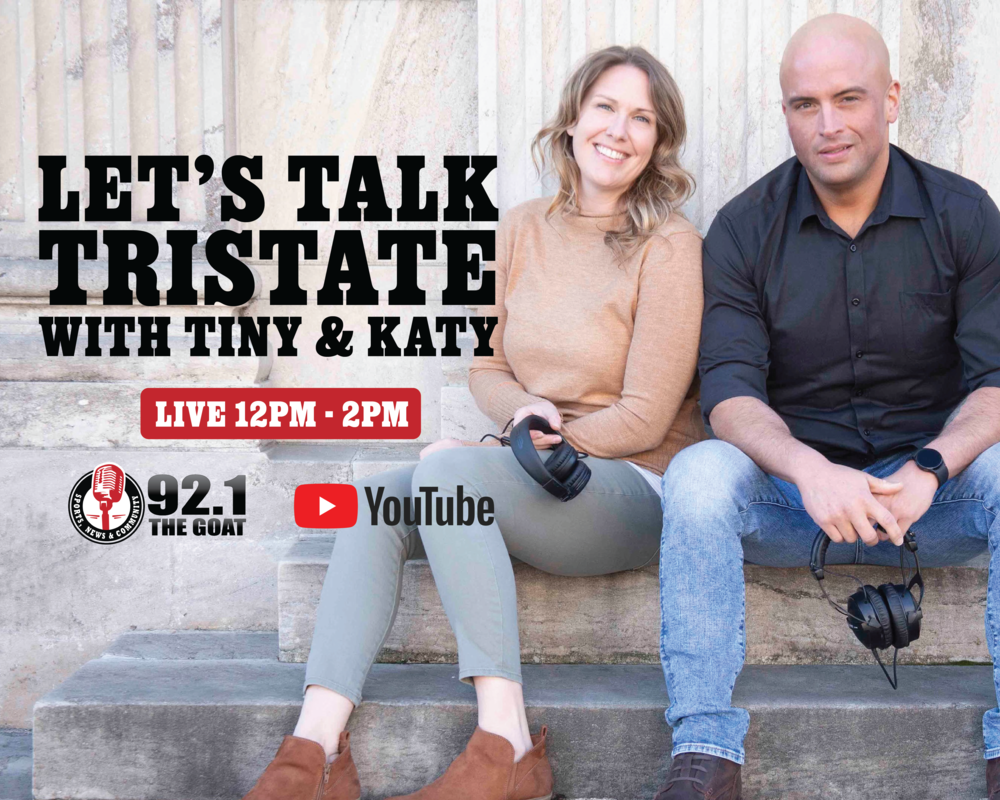The book “Zero Fail: The Rise and Fall of the Secret Service,” by acclaimed journalist Carol Leonnig, shines a penetrating and often disturbing spotlight on the continuing saga of a heroic and mysterious agency. This book published by Random House explores the Secret Service’s history, from its Civil War inception to its modern challenges.
Although “Zero Fail” debuted in 2021, its content is especially relevant today after two recent assassination attempts against former President Donald Trump. This book details multiple problems imbedded in the Secret Service and served as an ominous foreshadowing of those dangerous 2024 security failures.
These plots against Trump quickly focused public attention on the Secret Service’s continuing struggles and challenges. As this book title reminds readers: the Secret Service’s mission has a zero margin for error.
Author Carol Leonnig possesses strong qualifications to document the Secret Service. Since 2000, she has served as a national investigative reporter for The Washington Post and earned four Pulitzer Prizes during her journalism career. Beginning in 2012, Leonnig wrote multiple in-depth Post stories detailing the Secret Service’s actions. She has also authored other political books and contributed to NBC News.
Leonnig offers sound judgments. For example, she perceives many of the Secret Service’s systemic problems were instigated by internal policies and congressional apathy, not by individuals. Leonnig believes the Service’s agents are motivated primarily by patriotism and selfless duty for their country. Many agents shared their unvarnished opinions with Leonnig during multiple interviews.
“Zero Fail’s” well-researched material leads to an intelligent and thorough analysis. Leonnig’s book provides clearer insight into the Secret Service’s complexities and accurately predicts its recent high-profile fiascos.
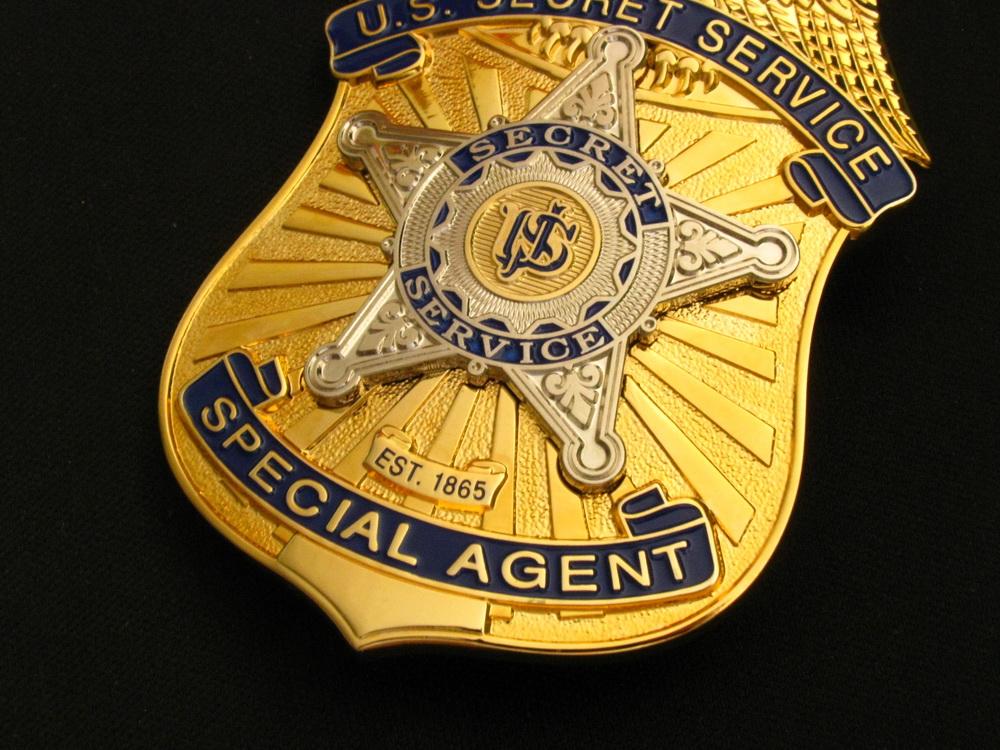
Secret Service History
While it’s easily presumed the Secret Service’s creation was meant to protect President Lincoln’s safety during a tumultuous Civil War, the original 1865 mission was entirely different. The agency’s true purpose was to detect and arrest counterfeiters. Abraham Lincoln’s assassination didn’t alter the agency’s focus. Back then, most considered the first act of four ultimate U.S. presidential murders as a wartime anomaly. The Secret Service went forward hunting fake money, not assassins.
Sixteen years later, 20th President James Garfield was shot and killed, also unprotected and at close range. Despite this second tragedy in 1881, neither the Secret Service nor any government agency shielded the next president. After the murder of 25th President William McKinley occurred at a Buffalo public reception in 1901, a hard truth finally registered: U.S. Presidents required round-the-clock protection.
Leonnig’s book focuses on the presidential administrations from John F. Kennedy to Donald Trump. Five main chapters follow this chronology. Many details of bizarre plots and Secret Service internal meltdowns were seldom known until this eye-opening narrative was published.
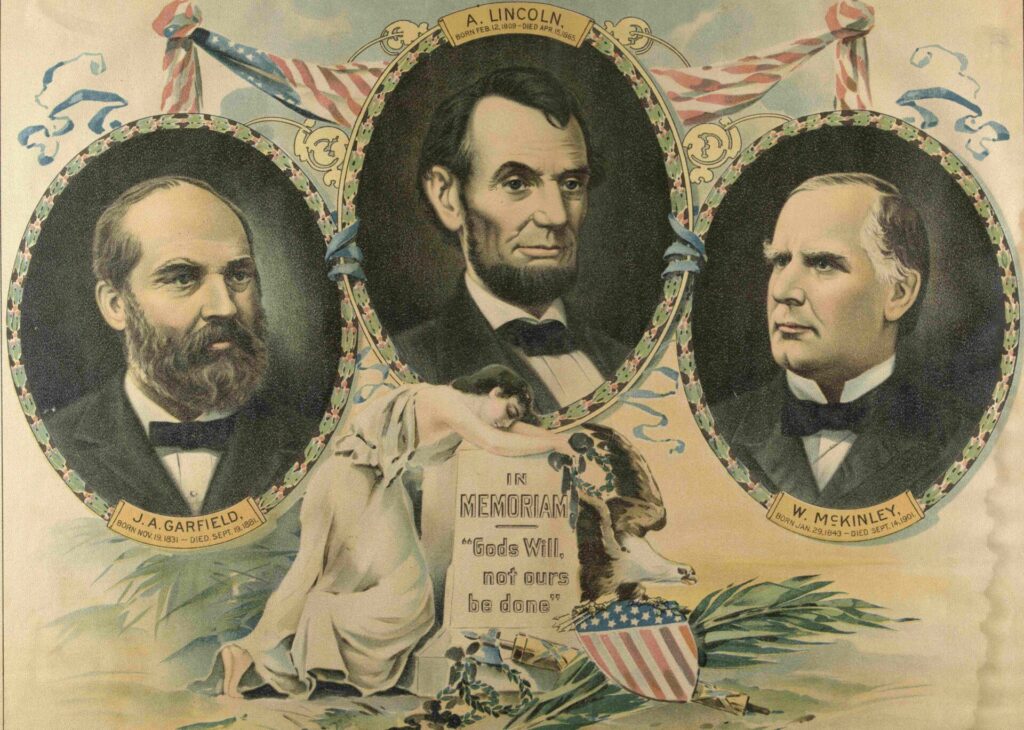
Creating a Culture for Disaster
In the book’s opening chapter, titled “The Tragedy that Birthed a New Secret Service”, no mystery lingers about JFK’s ultimate fate in 1963, but Leonnig explains unique circumstances that possibly influenced Secret Service protocol before Kennedy’s death in Dallas.
Often, Kennedy wanted separation from his Secret Service detail. Sometimes, that privacy provided out-of-sight time for romantic trysts outside his marriage. Secret Service agents looked the other way, and some nights they were surprisingly unaware of JFK’s exact location.
Kennedy also wanted freer rein in public. He once ditched his California detail and went for a Pacific Ocean swim. Scores of stunned onlookers witnessed a dripping JFK emerge from the surf, with no Secret Service agents in sight. A typical politician, Kennedy liked mingling with crowds, so he scolded his protectors, wanting closer proximity to everyday citizens. Then, JFK went to Dallas and rode in an open-top limousine. The Secret Service was stationed behind him in a trailing vehicle, honoring the President’s request for more space.
JFK’s assassination changed the Secret Service. Outdoor speeches or motorcades passing tall buildings became agency nightmares. The advance logistics of securing these sites became overwhelming. From the beginning, a major obstacle was the organization’s deficient manpower and budget. The Secret Service constantly warned Congress it needed more people and richer resources.
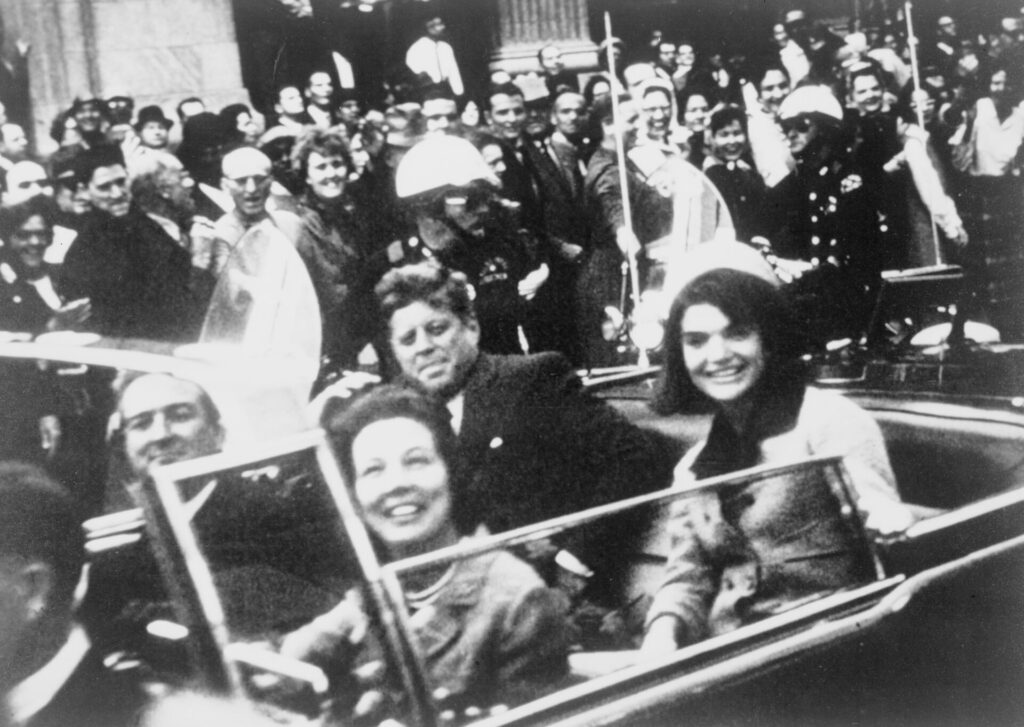
Meanwhile, with increasing political threats, the Secret Service’s mission expanded to protect presidential candidates. In 1972, another political shooting sprayed bullets into one of those office seekers.
George Wallace was Alabama’s governor and a proud segregationist. He ran for the Democratic nomination in ’72, spewing racially divisive rhetoric at outdoor campaign stops. Many Secret Service agents feared he was a prime target for violence.
At a May 15 outdoor rally in Laurel, Md., Wallace left the stage — ignoring Secret Service safety protocol — and approached a large crowd. A man named Arthur Bremer shot Wallace four times while the candidate shook hands. The governor miraculously survived but was left paralyzed for life. Bremer had a typical, yet hard-to-detect criminal profile, one the agency still fears: a deranged and armed male loner.
However, in only 17 days during September 1975, the Secret Service witnessed two similar yet unorthodox threats. Two lone California women pointed guns at President Ford during separate outdoor events. The second gunwoman got off two shots — one barely missed the president’s head — before she was subdued.
That assailant, Sara Jane Moore, had been arrested in San Francisco the previous day for a weapon violation. Police confiscated her gun, but she was released and quickly bought another weapon. The Secret Service vetted her earlier and decided Moore posed no threat to the president. That error nearly cost the Ford his life.
Systemic Agency Problems
As with Kennedy’s death, each one of these failures brought new protocols and advanced technologies to protect future presidents and candidates. Computer databases helped track violent or unstable people, and additional Secret Service field offices opened. Old mistakes taught lessons, but as Leonnig’s book explains, the Secret Service seemed to make many safety adjustments only as reactive responses to these failures.
In 1981, when Ronald Reagan was sworn in as the 40th President, it was still possible to stand near a president and not be checked for weapons. On March 30, only a few weeks after being sworn into office, Reagan was shot in D.C. by another lone assassin, John Hinkley. “He’s been hit”, an aide told First Lady Nancy Reagan. It was the first time an American president was wounded in 80 years, and the country was shocked.
On that day, a heroic Secret Service agent named Tim McCarthy lunged and placed his body in front of Reagan, taking a bullet in his chest and likely saving the President’s life. McCarthy survived. Two others, a police officer and Reagan’s press secretary, were also shot. After the shooting, the Secret Service decreed that metal detectors would screen all future guests at public presidential events. Another painful lesson learned.
The remaining 1980s and the ’90s decades were relatively free from individual political violence. However, the Secret Service struggled privately with a series of inter-agency crises. Throughout its history, the agency employed mostly white males with a clean-cut/action-hero profile. The Secret Service wrestled with integrating minorities and women into their force, and some filed discrimination lawsuits. Bitter back-biting between leadership factions also became a problem. The agency developed a secretive culture to hide its problems.
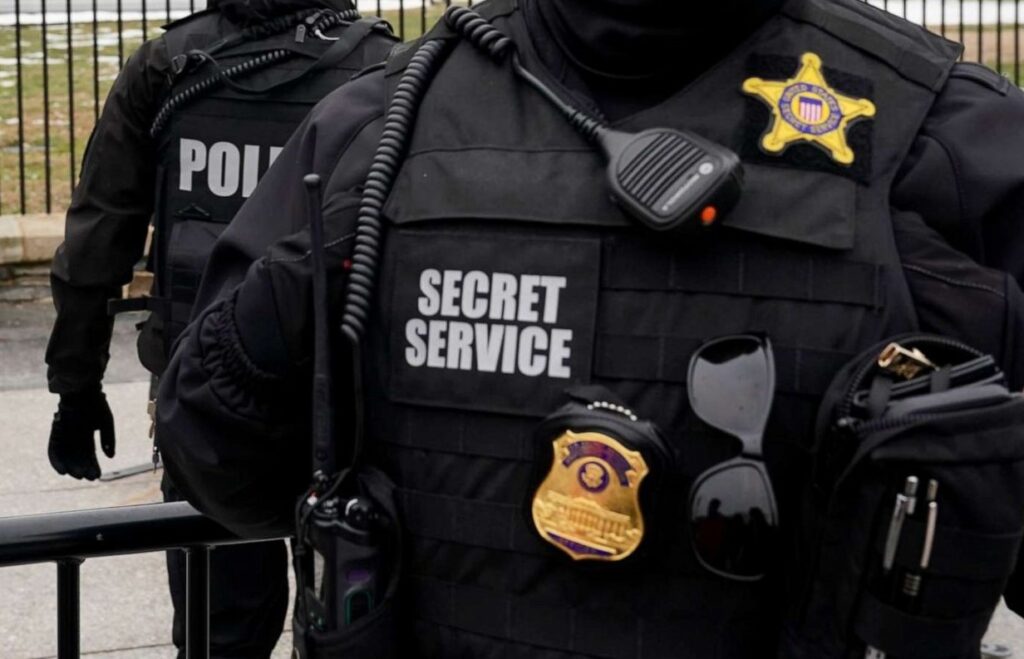
Along with the prestige being a Secret Service agent bestowed, the job came with marathon working hours and extended time away from family. Overworked and typically underpaid, this took a heavy toll on agency morale. In some situations, it inspired male agents to blow off steam with frat-boy-type behavior. In Chapter 4, titled “The Wheels Come Off”, Leonnig details shocking lapses in security and risky behavior committed by Secret Service personnel.
After Barrack Obama’s 2008 election, his presidency became a lightning rod for threats. On Nov. 11, 2011, a man pulled up to the White House’s south lawn fence in a black Honda. He stowed 180 rounds of ammunition inside. At 8:50 pm, he opened fire on the White House with a semi-automatic rifle. The President and First Lady weren’t home, but their youngest daughter was inside, and the older Obama daughter was due to return any minute.
At first, the Secret Service assumed the gunfire was between rival D.C. gangs and didn’t involve targeting the executive mansion. But days later, a White House housekeeper found a bullet hole in an upstairs window. Further investigation found six more bullets had struck the White House near the Obama’s private quarters. Not only had the Secret Service fumbled its real-time response, but they didn’t immediately inform the First Lady afterward. The Obamas were outraged.
Another threat was White House fence-jumpers, who became increasingly common. Past violators were typically apprehended within seconds. But in September 2014, a knife-wielding man darted inside the White House’s doors before eventually being tackled in the East Room.
In only 29 seconds, this intruder jumped the black fence and stormed into the world’s most defended building. “He’s entered the house”, a startled Secret Service agent yelled into his radio. Author Leonnig counted nine different security failures that allowed the man to elude eight trained security personnel in a complex staffed with 154 people.
On another evening, two unauthorized party-crashers snuck into a White House State dinner and shook hands with Obama. Then, during a presidential trip, the Secret Service mistakenly allowed an armed private security contractor to ride an elevator with President Obama. Later, the Secret Service was shocked and saddened when a high-ranking member of Obama’s security detail committed suicide. An investigation into his alleged affairs with foreign women was ongoing, posing a serious blackmail or spy threat.
Leonnig describes a final embarrassing debacle during the Obama presidency when the Secret Service traveled to Cartagena, Colombia, to plan advance security. Arriving a few days before the president, agents fraternized with local prostitutes after a night of drinking. When one agent refused to pay for services rendered, the local police intervened, sparking an international incident. These shamed agents were immediately shipped stateside, and some later resigned.

Modern-Day Relevance
The Secret Service stumbled through the Trump presidency. Yet another man jumped the White House perimeter fence on March 10, 2017. He wandered the grounds for an alarming 17 minutes before being captured near the mansion’s portico with mace hidden in his backpack. This agency failure was blamed on faulty fence sensors and inadequate staffing.
Although Leonnig doesn’t detail it in “Zero Fail,” the Secret Service was also responsible for non-protective tasks, which included tracking cybercrimes and planning security for major events. These responsibilities further stretched their effective capabilities. Combined with their prior problems and scandals, the Secret Service entered 2024 as a continuously stressed government agency.
The Secret Service faced greater public and governmental scrutiny after a July 13, 2024 tragedy. Former President Trump took the stage at an outdoor campaign rally in Butler, Pa. Crouched on a rooftop 150 yards away was a lone gunman. He fired eight rounds before a Secret Service sniper shot and killed him. Unfortunately, the agency’s reaction was too late. Trump was injured, a rally attendee was killed and two other supporters were injured.
Secret Service criticism was intense, and angry questions came from all sides. The agency’s director, Kimberly Cheatle, circled the wagons. Congressional leaders found the agency’s explanations elusive and unsatisfactory and forced Cheatle’s resignation.
Then, as controversy over that Butler incident simmered, another lone gunman was caught on Sept. 16, at Trump’s Florida golf course. This loner had camped out, hiding undetected for 12 hours, stalking the ex-president. The Secret Service discovered him before he fired a shot. But this second attempt only heightened national concern.
On Sept. 25, a bipartisan Senate committee released investigative findings on the July assassination attempt. They assessed the Secret Service’s security failure as “foreseeable and “preventable,”saying the agency was deficient in every facet of protecting the former president, including planning, communications, security enforcement and allocation of resources. “The consequences of those failures were dire,” said Michigan Senator Gary Peters, the Democratic chairman of that Homeland Security panel.
Legislators, the Secret Service and everyday citizens continue to debate how officeholders and candidates can be kept safe in a dangerous world. A bill currently before Congress proposes $231 million in additional funds earmarked for the Secret Service.
Written before the Trump attacks, Leonnig previsualized the agency’s challenges and potential future risks in her book’s epilogue. She stated that Secret Service agents on the front line “remain haunted that the agency hasn’t been given the money, staff or tools to do all its jobs. This neglect creates an opening for a serious attack on our democracy.” The author added a final thought: “It should haunt us all.”
Quoting a Secret Service source, “Zero Fail” concludes with this passage: “Someone needs to sit down and figure out: What is the mission? Because they can’t do the mission they have now. These people are patriots. We’re letting them down, and we’re leaving the country at risk.”
